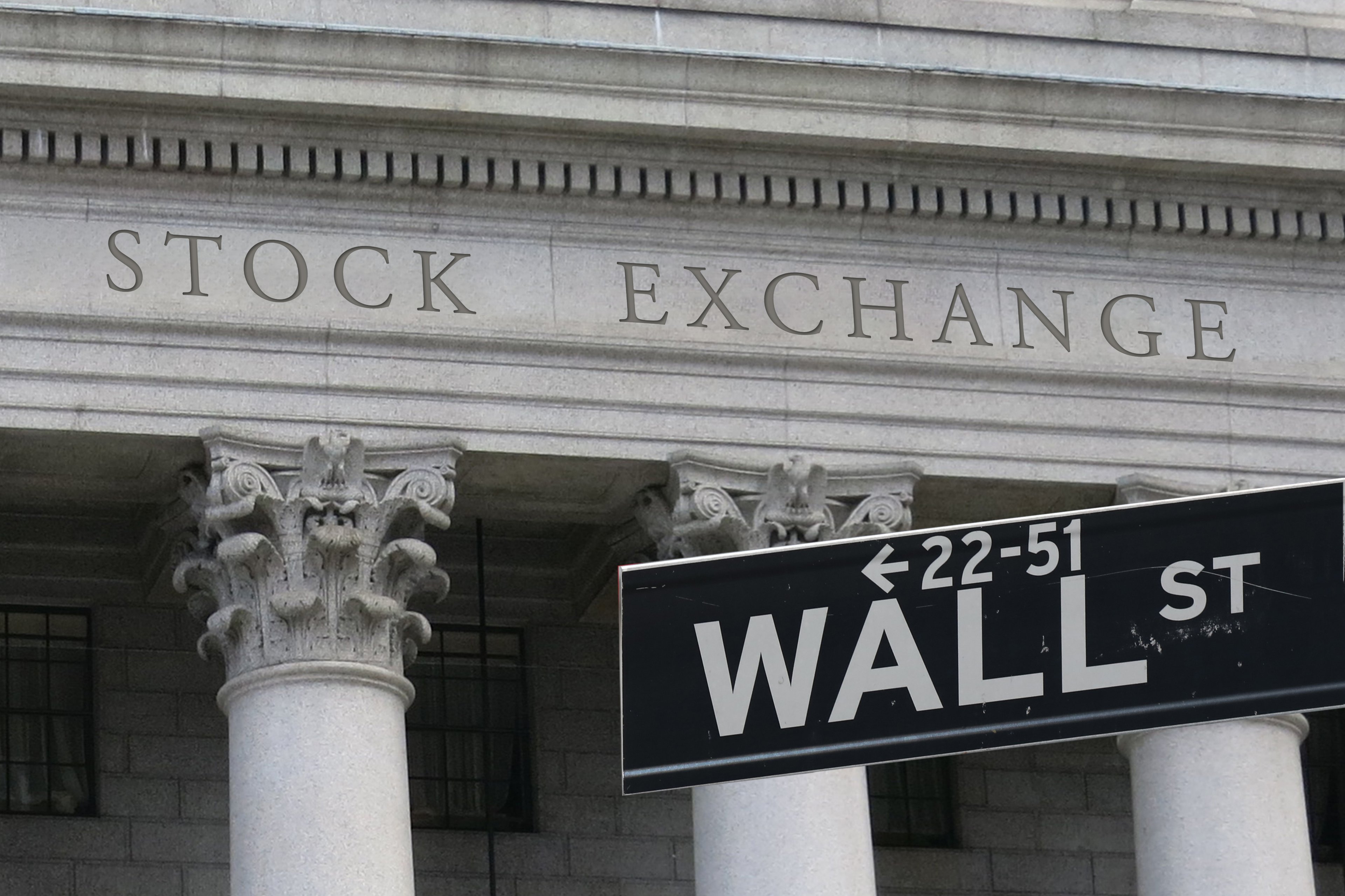Investors were surprised to see a rare disappointment when megabank JPMorgan Chase (JPM +0.93%) posted its fourth-quarter and year-end earnings today. Prior to this quarter, the bank had an impressive 15-quarter streak of surpassing expectations. Unfortunately, this has come to an end, sending shares falling by more than 2% in pre-market trading.
Here's a rundown of JPMorgan Chase's headline numbers, as well as a closer look into the results to help investors figure out what went wrong and whether now is a smart time to add JPMorgan Chase to their portfolio.

Image source: Chase.
A miss on the top and bottom lines
As I mentioned, this was JPMorgan Chase's first earnings miss in four years. The bank produced earnings of $1.98 per share, while analysts had been looking for $2.20. So, this wasn't just a miss of a penny or two. Plus, it represents a sharp decline from $2.34 per share during the third quarter.
Furthermore, the top-line revenue of $26.804 billion missed estimates by about $25 million. While this is certainly not a big margin, investors are undoubtedly disappointed that the bank missed on both the top and bottom lines.
A deeper dive
While the top and bottom lines are dominating the headlines, they don't tell the full story. Here's a rundown of some highlights so we can better understand why JPMorgan Chase missed expectations in the fourth quarter and get a better overall feel for how its business is performing:
- Trading revenue was weak. This is the biggest disappointment from the quarter. Specifically, fixed-income trading revenue came in at $1.9 billion -- $300 million shy of what analysts were looking for.
- Expenses ticked up by about $100 billion from the third quarter. A combination of lower revenue and higher expenses is certainly bad news for profitability and efficiency, and is why return on equity (ROE) dropped from 14% to 12%, and its efficiency ratio worsened to 59% from 56%.
- Book value and tangible book value per share both increased by 5%, to $70.35 and $56.33, respectively.
- The consumer and community banking division posted generally strong results. Loans and deposits are up 2% and 3%, respectively, from a year ago. Credit card sales were up 10% year over year, which indicates that the bank's heavy investment into its credit card business in recent years is paying off.
- Other than trading, JPMorgan Chase's investment banking revenue was quite strong. The bank had the top market share in global investment banking fees for the year, and jumped by 3% year over year in the fourth quarter.
Some good news for long-term investors
I was closely watching share buybacks in the fourth-quarter results. Simply put, the fourth quarter was a rough one for most stocks, and I wanted to see who took advantage of the low prices.
JPMorgan Chase didn't disappoint. The bank bought back $5.7 billion worth of its own stock during the quarter. This is $1.5 billion more than it did during the third quarter, and represents about 1.7% of the bank's outstanding shares. In other words, JPMorgan's buyback was fairly aggressive during the quarter.
Is JPMorgan Chase a buy now?
The bottom line is that while this quarter's numbers were certainly a disappointment, JPMorgan Chase is still a rock-solid, well-run banking institution and is best-of-breed out of the biggest U.S. banks. At just 1.4 times book value after these results, JPMorgan is trading close to its lowest valuation since 2017. While there's no way to know whether trading revenue will remain choppy, this looks like a good entry point for investors focused on the long term.
Check out the latest JPMorgan Chase earnings call transcript.






